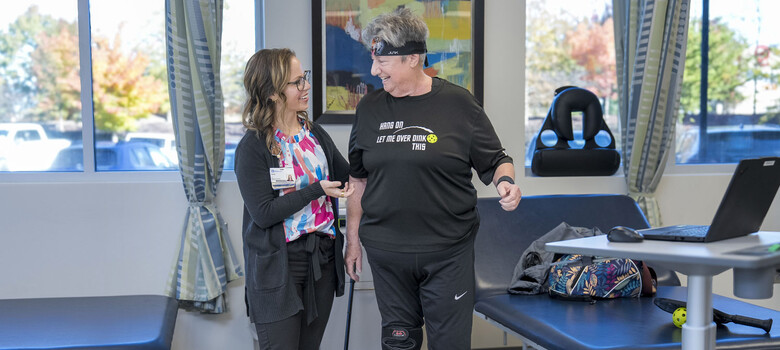Study Finds Survival Rates Higher at Teaching Hospitals

If you’re hospitalized for a common medical condition or surgical procedure, your chance of surviving is better if your care is provided at a major teaching hospital. That’s according to an analysis published in the Journal of the American Medical Association (JAMA)
Survival Rates for Common Conditions, Procedures Analyzed
The study’s authors looked at Medicare data for 21 million hospitalizations at more than 4,000 hospitals, including teaching hospitals and non-teaching hospitals, across the country. A teaching hospital is a hospital or academic medical center that is affiliated with a medical school and trains future doctors. The authors analyzed survival rates overall and for 15 common conditions and procedures based on how well patients did 30 days and 90 days after they were admitted to the hospital.
The study found people who were treated at teaching hospitals had the highest survival rates. Jonathan Bae, MD, Duke University Health System’s Associate Chief Medical Officer for Quality and Safety, said the very nature of teaching hospitals may help explain the results.
New Technologies, Processes, Therapies, Team-Based Care
“Teaching hospitals tend to be early adopters of new medical technology, as well as processes and therapies that may result in higher survival rates,” he said. “We also provide increased access to specialty care and community-based resources.”
Team-based care, which is widely used in teaching hospitals, may also contribute to the higher survival rates seen at these institutions. “There are more hands on deck and that helps us to be more consistent in our processes and recognize and prevent errors before they happen.”
Furthermore, “the act of teaching requires discussion and communication,” Bae explained. “When you actively engage in conversations and talk about patient problems, you reduce the chance that mistakes will happen when making decisions about diagnoses and treatments.”

There are more hands on deck and that helps us to be more consistent in our processes and recognize and prevent errors before they happen.
Understanding Value of Care
Some may argue that use of the latest medical technologies and therapies, and the team approach to care found at a teaching hospital may increase costs. Bae said those advances and the team-based approach add significant value to patient care. “There’s a real benefit to being in an environment where people are asking, ‘What’s the best evidence-based treatment and how do we apply it?’”
While Bae stressed that survival rates aren’t the only indicator of good care, he believed the study is a good first step toward understanding not just the quality but also the value of care associated with being treated at a major academic medical center.




